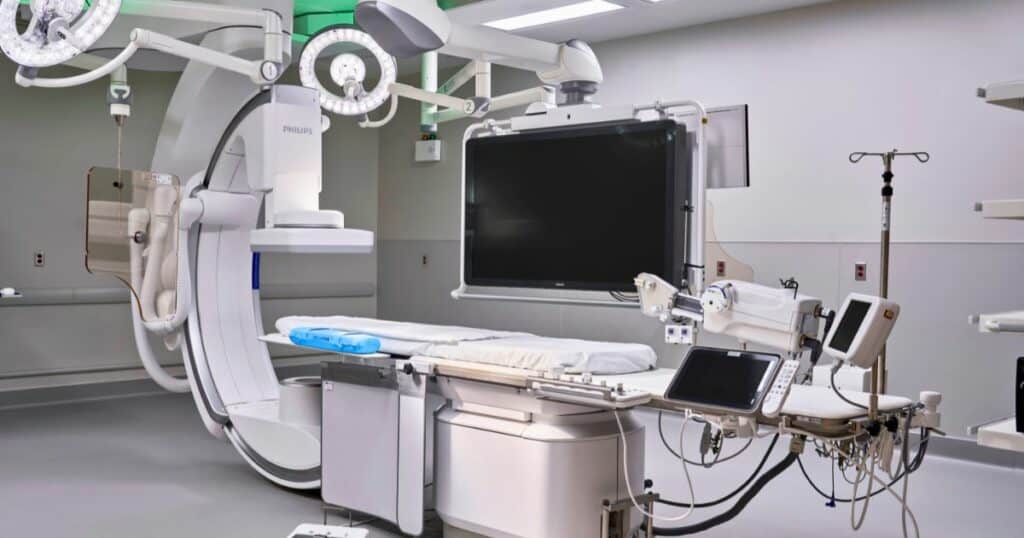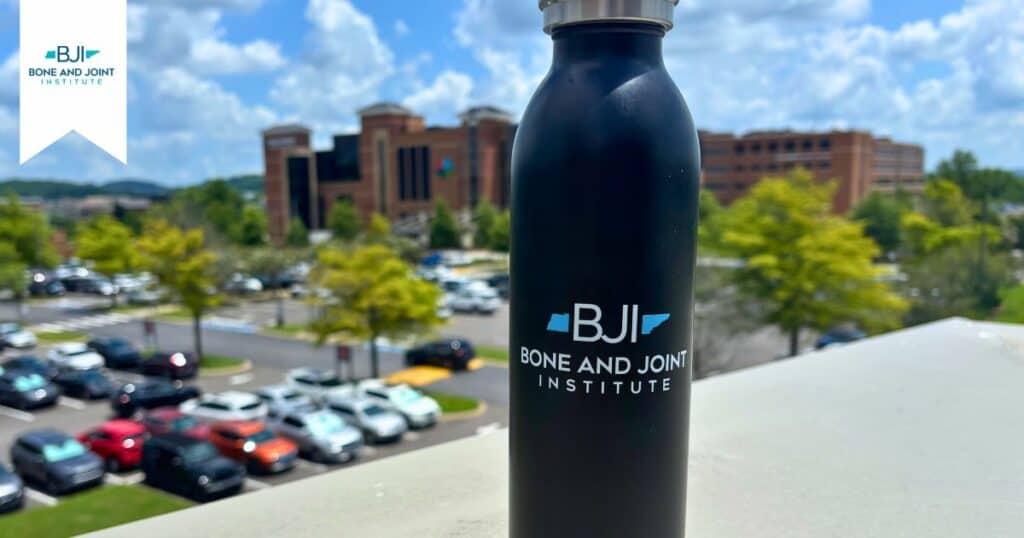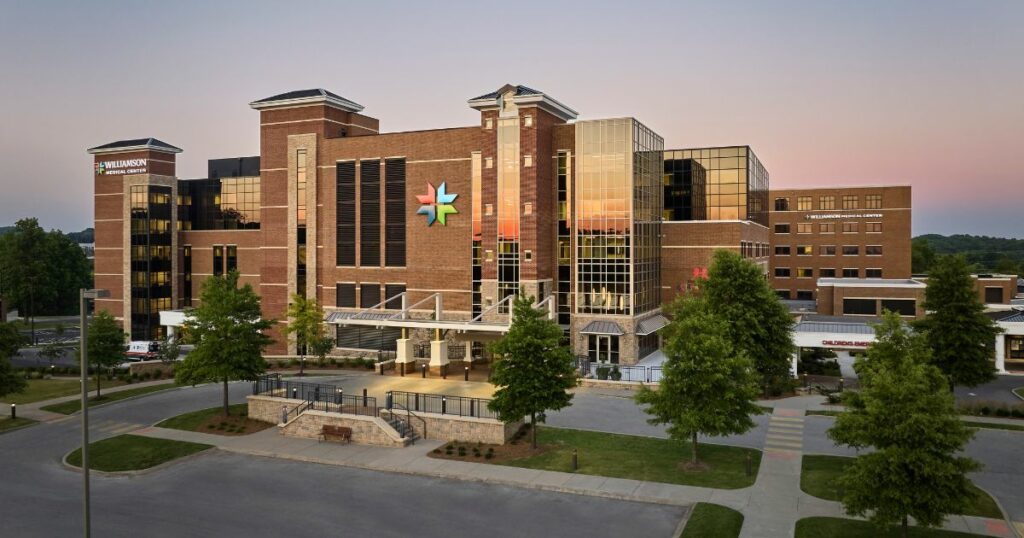Know Where To Turn When You Need Surgery
Published: January 1, 2023
When you need surgery, it is common to have many questions about the surgical procedure and about your recovery. Getting clear answers to your questions can alleviate your concerns and help you build a partnership with your surgeon.
When surgery is necessary, but not an emergency, you have more time to get your questions answered and to choose a surgeon and facility that best meets your needs. There are many factors to consider when deciding to have an elective procedure, including:
• How long will the surgery take?
• How long will my recovery be?
• How do I go about choosing a surgeon and facility?
Williamson Health surgeons offer options that include minimally invasive surgical techniques for the treatment of many medical conditions. Minimally invasive surgery offers patients an abundance of benefits.
What is minimally invasive surgery?
According to the Williamson Health general surgery team, minimally invasive surgery involves techniques that limit the size and number of incisions needed to perform the procedure.
Surgeons who perform minimally invasive surgery use advanced techniques and specialized surgical equipment that allow your surgeon to perform surgery without opening a lot of skin and muscle.
There are two main types of minimally invasive surgeries. Traditional laparoscopic surgeries utilize a laparoscope, or small camera, to reach internal organs through small incisions, typically well under an inch in size. The surgeon controls the camera and small laparoscopic instruments by hand.
Robotically assisted minimally invasive surgeries allow physicians to perform complex procedures with more control, flexibility and precision than do conventional laparoscopic surgical techniques. Robotic surgery involves the use of miniaturized surgical instruments that fit through laparoscopic incisions. The surgeon manipulates the robotic instruments from a console, one of which contains a magnified high-definition, 3D camera that guides the surgeon during the procedure.
The surgeon is able to operate the robotic instruments simultaneously while looking through a stereoscopic high-definition monitor that places him inside the patient, giving him a better, more detailed 3D view of the operating site.
The benefits of minimally invasive surgeries are undeniable – smaller incisions, less pain, quicker recovery times and less scarring. All of these are important factors to consider when you are deciding to move forward with an elective procedure. It’s essential for all patients to know their options so they can make informed decisions about their health.
To schedule a consultation with one of our board-certified surgeons, call (615) 435-7777.
Know Where To Turn When You Need Surgery
When you need surgery, it is common to have many questions about the surgical procedure and about your recovery. Getting clear answers to your questions can alleviate your concerns and help you build a partnership with your surgeon.
When surgery is necessary, but not an emergency, you have more time to get your questions answered and to choose a surgeon and facility that best meets your needs. There are many factors to consider when deciding to have an elective procedure, including:
• How long will the surgery take?
• How long will my recovery be?
• How do I go about choosing a surgeon and facility?
Williamson Health surgeons offer options that include minimally invasive surgical techniques for the treatment of many medical conditions. Minimally invasive surgery offers patients an abundance of benefits.
What is minimally invasive surgery?
According to the Williamson Health general surgery team, minimally invasive surgery involves techniques that limit the size and number of incisions needed to perform the procedure.
Surgeons who perform minimally invasive surgery use advanced techniques and specialized surgical equipment that allow your surgeon to perform surgery without opening a lot of skin and muscle.
There are two main types of minimally invasive surgeries. Traditional laparoscopic surgeries utilize a laparoscope, or small camera, to reach internal organs through small incisions, typically well under an inch in size. The surgeon controls the camera and small laparoscopic instruments by hand.
Robotically assisted minimally invasive surgeries allow physicians to perform complex procedures with more control, flexibility and precision than do conventional laparoscopic surgical techniques. Robotic surgery involves the use of miniaturized surgical instruments that fit through laparoscopic incisions. The surgeon manipulates the robotic instruments from a console, one of which contains a magnified high-definition, 3D camera that guides the surgeon during the procedure.
The surgeon is able to operate the robotic instruments simultaneously while looking through a stereoscopic high-definition monitor that places him inside the patient, giving him a better, more detailed 3D view of the operating site.
The benefits of minimally invasive surgeries are undeniable – smaller incisions, less pain, quicker recovery times and less scarring. All of these are important factors to consider when you are deciding to move forward with an elective procedure. It’s essential for all patients to know their options so they can make informed decisions about their health.
To schedule a consultation with one of our board-certified surgeons, call (615) 435-7777.
Published: January 1, 2023









